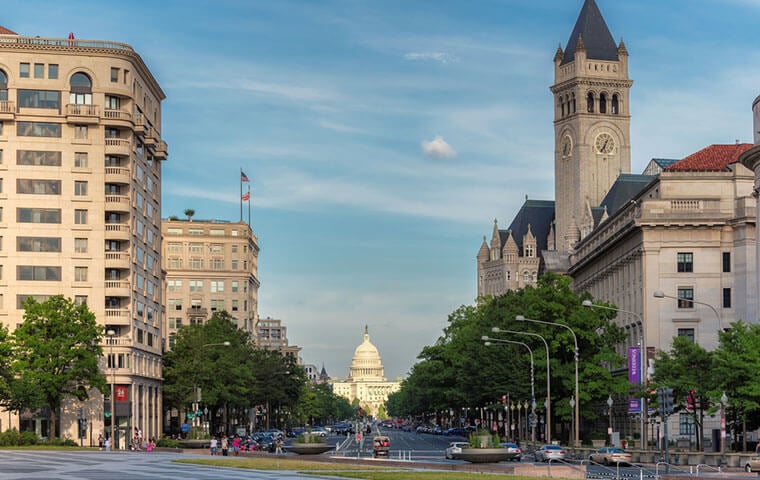 The Sens. asked for lists of the agency tenants of GSA-managed buildings and average daily occupancy rates. Image: Lucky-photographer/Shutterstock.com
By: FEDweek Staff
The Sens. asked for lists of the agency tenants of GSA-managed buildings and average daily occupancy rates. Image: Lucky-photographer/Shutterstock.com
By: FEDweek StaffTwo senators have joined other congressional Republicans in scrutinizing federal agency telework practices, pressing the GSA to collect and release information about office space usage rates.
Sens. Charles Grassley of Iowa and Roger Wicker of Mississippi said that federal employees should “return to their taxpayer-funded offices or get rid of unused office space that continues to lie vacant” in asking the GSA for data on the daily occupancy rates of federal office spaces to further determine how many federal employees continue to work remotely.
That follows letters from Republican leaders of the House Oversight and Accountability Committee to two dozen agencies asking for telework data and policies, following a hearing there in which OPM director Kiran Ahuja was generally unable to provide details about the state of telework.
In their letter, Grassley and Wicker cited GAO findings that most agencies “either did not collect or collected limited space utilization data concerning how many federal employees worked in office buildings as indicated by a combination of electronic badging, sensors, and other technologies.”
“GAO reported that GSA has no plans to publicize current or future federal building occupancy data that it collects. This is unacceptable . . . Federal building occupancy data would better inform the American people and Congress on how federal office space, paid for by taxpayer dollars, is utilized,” they wrote.
They asked for information including lists of the agency tenants of GSA-managed buildings, average daily occupancy rates, annual costs of using the space, and the details of a 2022 consolidation involving some 2,000 employees in six locations that the GSA touted as an example of success.
Meanwhile, the VA last week said that starting in the fall it will begin requiring telework-eligible employees in the national capital area to work onsite at least half of the time. Officials said in a press conference that the department—which due to the nature of its work has had an overall high rate of onsite work, relative to that of many other agencies, since the start of the pandemic—is assessing its overall telework rates and that the move could be a precursor to cutting back teleworkers elsewhere.
The action also could presage similar cutbacks by other agencies now that the maximum telework status has been lifted, and also could serve as a test for how agencies will deal with union contracts that contain provisions on telework.
Senate Eyes Vote to Pay Federal Employees Working Unpaid
Series of Bills Offered to Address Shutdown’s Impact on Employees
Public Starting to Feel Impact of Shutdown, Survey Shows
OPM Details Coverage Changes, Plan Dropouts for FEHB/PSHB in 2026
Does My FEHB/PSHB Plan Stack Up? Here’s How to Tell
2025 TSP Rollercoaster and the G Fund Merry-go-Round
See also,
TSP Takes Step toward Upcoming In-Plan Roth Conversions
5 Steps to Protect Your Federal Job During the Shutdown
Over 30K TSP Accounts Have Crossed the Million Mark in 2025

